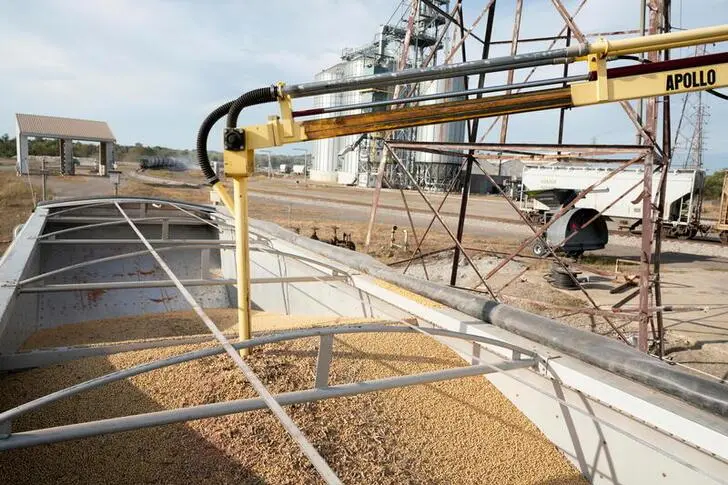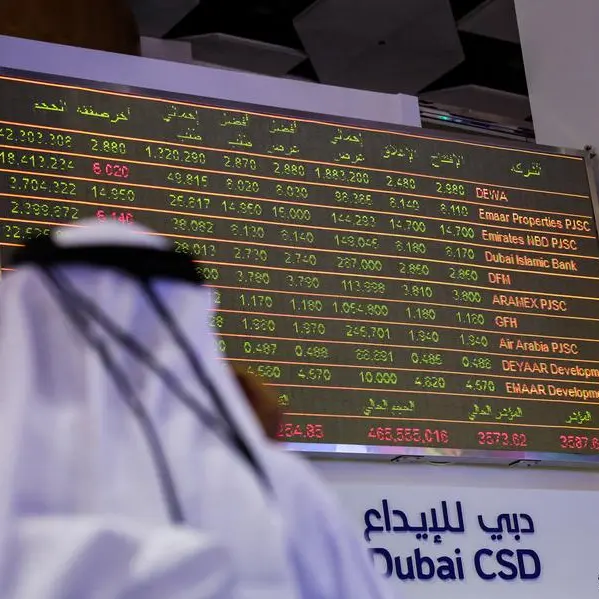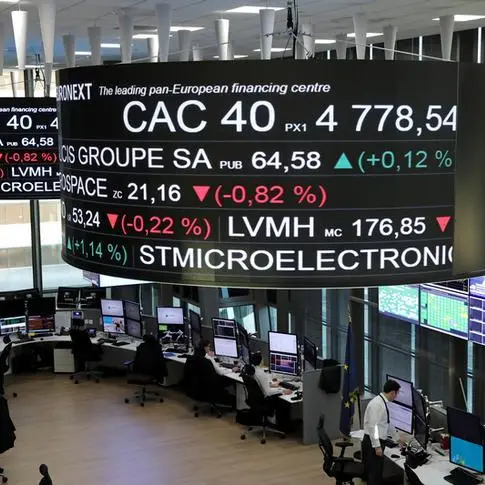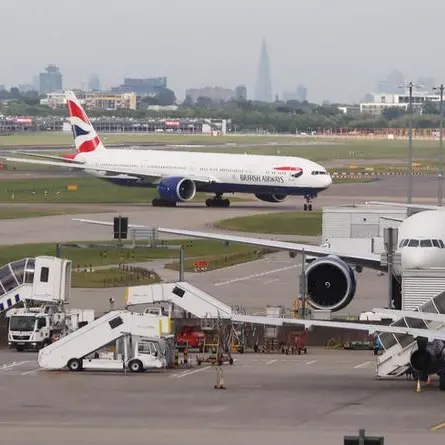PHOTO
Chicago wheat, corn and soybean futures rose on Friday after joining a wider commodity markets plunge this week, with grain traders awaiting weather updates and export data before the weekend.
Grain markets were swept up in broad selling of commodities as investors saw growing risks to economic growth from interest rate rises aimed at cooling inflation.
An improved weather outlook for U.S. Midwest crops also eased supply concerns and turned attention away from war disruption to Ukrainian exports. Traders were monitoring weather forecasts for rain prospects as U.S. corn approaches its crucial July flowering period.
The market will get an update on international demand from weekly U.S. export sales data later on Friday. The most-active wheat contract on the Chicago Board of Trade (CBOT) was up 1.9% at $9.67-1/4 a bushel by 1145 GMT, after earlier touching its lowest since March 1 at $9.38-3/4. CBOT soybeans added 0.4% to $14.21-1/4 a bushel, while corn rebounded 1.6% to $6.66-1/4 a bushel.
Wall Street was set to open higher on Friday on hopes that slides in copper and other commodities could put a brake on inflation, while crude oil edged higher.
After temperatures eased this week following a heatwave, the focus is on how much rain will reach the Midwest as corn and soy crops approach key summer growth stages. Stress from dryness could spread to about 40% of U.S. corn and soy next week, before showers curb driest areas to less than one-third of the belt, the Commodity Weather Group said in an note.
Traders are also monitoring supply prospects in war-torn Ukraine. The International Grains Council (IGC) on Thursday raised its forecast for 2022/23 global corn output, joining other forecasters in seeing more corn acreage than initially expected in Ukraine.
"Whether the increased supply will be available to the global market will depend on whether the export terminals open," Commerzbank said of the increased outlook for Ukraine's corn crop.
Diplomatic efforts to establish a Black Sea shipping corridor for Ukrainian grain have contributed to the pullback in futures. But many traders are sceptical about a deal while Russia's invasion continues, and see Ukraine having to rely on smaller export routes via its western border.
(Reporting by Gus Trompiz in Paris and Enrico Dela Cruz in Manila; Editing by Sherry Jacob-Phillips and David Evans)












